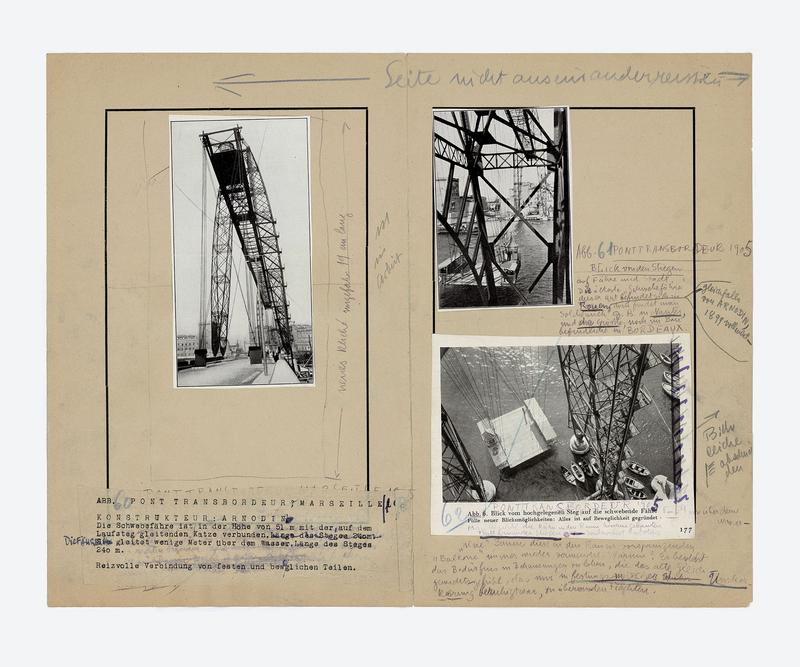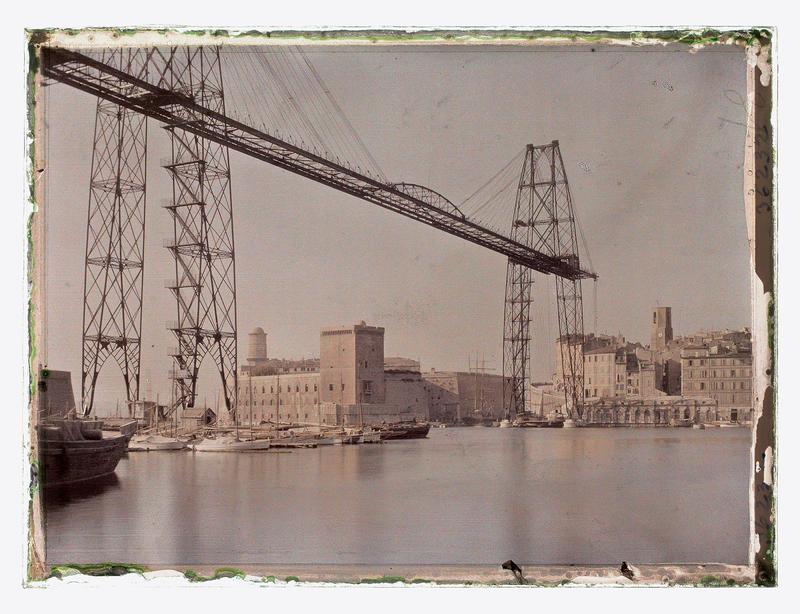If we are now setting off down this road in search of fresh approaches, it is at the urging of everyday experience marked by the paradoxical trend currently shaping our relationship with images. At a time when everything seems to point to faster image circulation and over-production, we are also witnessing a substantial rise in value for reproducible images. The art market is zeroing in on vintage prints and paying unheard-of attention to chemical processes, paper quality and format; agencies and archives are making hay with historical collections digitised in high definition and exploited as providential sources of added value. Never have photographs been so indispensable to all aspects of human and social life, and never has their materiality—whether in terms of their physical character or their digital resolution—been such a crucial issue at the economic or symbolic level. The flow of images shared on the Internet is evidence of a denser, more complex economy of visual “stuff” and is generating the circulation of large sums of commercial and private money. The decline in value of visual information that we might have expected with the rise of the digital has not happened. On the other hand, there has been a reconfiguration of the channels via which these ambient images are made and exchanged. By rendering their presence more necessary in our daily lives, technology has helped boost the market value of these symbolic commodities.
At the same time we need to agree on the meaning of the “material value” concept and its heuristic usefulness. As is the case of an artwork, whose material character triggers functions, means of production, and circulation conditions that transcend its physical and visual reality, we cannot reduce the existence of a technical image to its inscription as a visual form. Here the photographic paradigm provides a point of view as valuable as it is complex. In the course of the last two centuries photography has moved into every sphere of society, conquering education, science, art, the news, trade, politics, industry, war, transport and the public and private arenas along the way. It has become a core element in our relationship with the world, a common denominator for media-based and social image practices and, moreover, a kind of linking factor between today’s profusion of cultural domains. This paradigm raises the challenge of whether or not to abandon the common sense we project onto technical images. Just as the cinema is not to be confused with film, photography is not to be globally identified with formal representation-reproduction, or with the genuine expression of an image-producing consciousness. Images exist thanks to the cumulative effect of the systems of recording and viewing, display in small and large formats, stockpiling, flows and quantity, encoding and overcoding, economic and legal promotion mechanisms, agencies, archives, and heritage and educational institutions that endow them with their usefulness as cultural technique (Kulturtechnik).

2. Sigfried Giedion, essai de mise en page pour Bauen in Frankreich. Bauen in Eisen. Bauen in Eisenbeton, Leipzig/Berlin, Klinkhardt & Biermann, 1928. Zurich, Archives Sigfried Giedion, gta Archiv / ETH Zürich.
If we are to analyse the pervasiveness of photography in human activity, we must broaden the traditional scope of the history of representation and art forms, explore the social and technical components of visual culture and look into the means of recording and dissemination offered by photography in its relationship with other media. The history of photography is the history of the use of technology to render the world visible on different image carriers and in different formats, and to reproduce images and enable their pooling, diffusion and forms of use. The study of types of representation must be extended to the systems they set in motion and the economics of the production and circulation of visual material.
The metaphor of the transporter bridge conveys a notion of movement and spanning, of transition between disciplines and between intellectual traditions. Thus the historical perspective developed in our journal will be enhanced by approaches ranging from anthropology to economics and from sociology to information science, the aim being an appraisal of the full extent and diversity of photography’s impact on history and society. Photography will most often appear in interaction with other media including books, film, the press, exhibitions and the various modes of screening. It is out of the meshing of transfers and interactions that systems, rhetoric, institutions and social groupings emerge most clearly. It is some thirty years since we outgrew the ideology of the image as the expression of an individual consciousness; this is why we must now focus on the collective technical constructs that determine their social existence. This is the goal of our journal.

Frédéric Gadmer, « Le Fort Saint-Jean et le Transbordeur », Marseille, 13 octobre 1922, autochrome, 90 x 120 mm. Boulogne-Billancourt, musée départemental Albert-Kahn, collection Archives de la planète (A 36 232).
Citation: The editorial board, « Éditorial », Transbordeur. Photographie histoire société, no. 1, 2017, pp. 2-5.